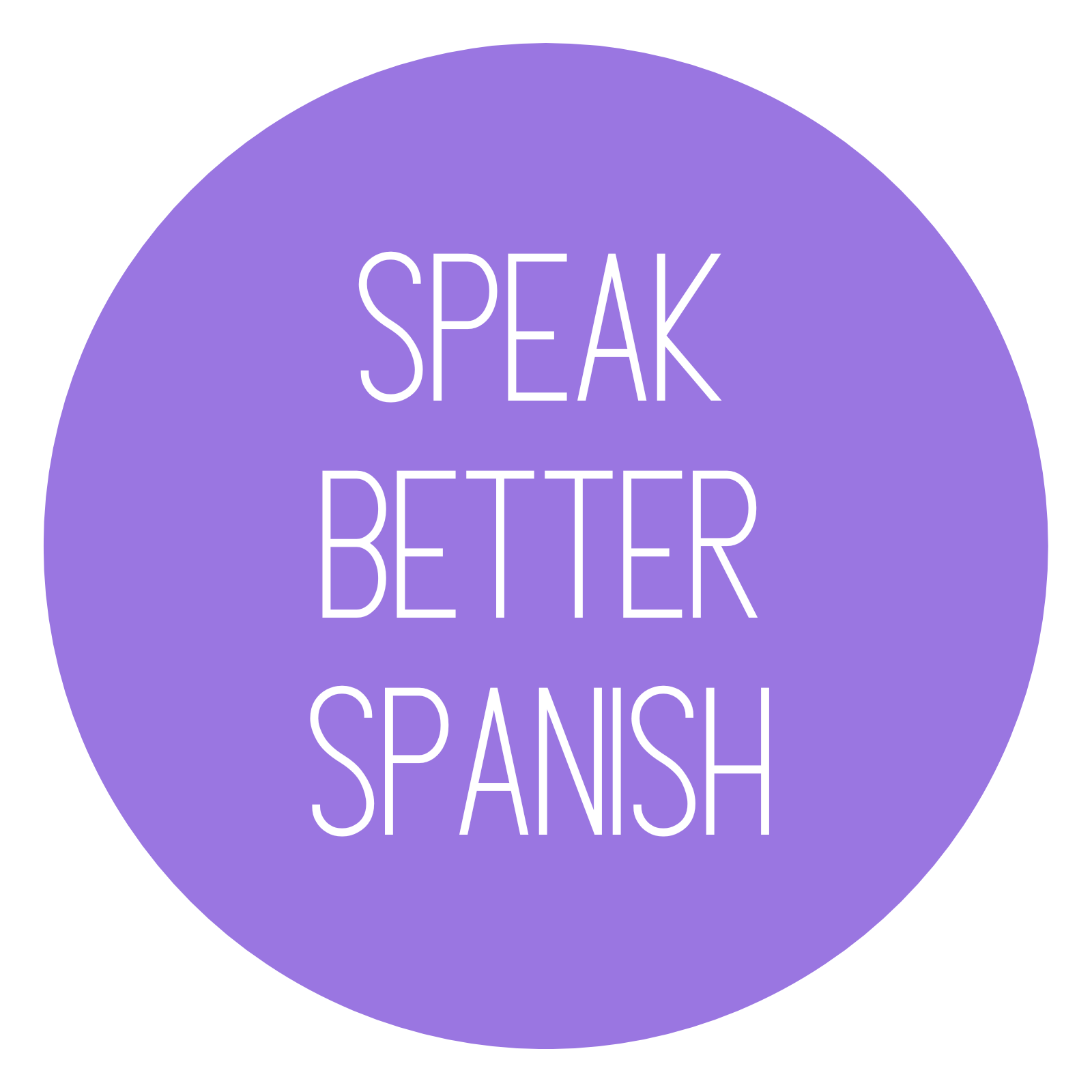Introduction to the Spanish Alphabet
Welcome to our blog about the Spanish alphabet! If you’re an English speaker looking to learn Spanish, understanding the alphabet is a great starting point. While many letters are familiar, some have unique pronunciations and additional characters. Let’s dive in!
A: A (ah)
First, the first letter is pronounced like the “a” in “father.” It’s an open sound, used frequently in Spanish words.
B: Be (beh)
In Spanish, the letter “B” can sound like the English “b” or sometimes softer, especially between vowels. Examples include “bueno” (good) and “abeja” (bee).
C: Ce (seh)
The pronunciation of “C” depends on the following vowel. Before “e” or “i,” it sounds like “th” in “think” (in Spain) or “s” in Latin America. In other cases, it’s pronounced like “k.” Examples: “cielo” (sky) and “casa” (house).
D: De (deh)
The letter “D” is pronounced like the English “d,” but softer, especially at the end of words. Examples: “día” (day) and “dedo” (finger).
E: E (eh)
This letter is pronounced like the “e” in “met.” It’s a simple, straightforward sound. Examples: “es” (is) and “elefante” (elephant).
F: Efe (eh-feh)
The “F” is pronounced similarly to English, as in “fuego” (fire) or “familia” (family).
G: Ge (heh)
“G” can be tricky! Before “e” or “i,” it sounds like the “h” in “hello.” In other cases, it sounds like “g” in “go.” Examples: “gato” (cat) and “gelato” (ice cream).
H: Hache (ah-cheh)
The “H” is silent in Spanish, so words like “hola” (hello) and “hombre” (man) won’t sound like they start with an “h.”
I: I (ee)
Pronounced like the “ee” in “see,” this vowel is clear and consistent. Examples: “isla” (island) and “niño” (boy).
J: Jota (ho-tah)
The “J” has a strong, guttural sound, like the “h” in “house” but more pronounced. Example: “jugar” (to play).
K: Ka (kah)
“K” is used mainly in foreign words. It’s pronounced like in English. Example: “kilómetro” (kilometer).
L: Ele (eh-leh)
Similar to the English “l.” Examples: “luna” (moon) and “libro” (book).
M: Eme (eh-meh)
Pronounced just like the English “m.” Examples: “madre” (mother) and “mesa” (table).
N: Ene (eh-neh)
“N” sounds like in English
Ñ: (eñe)
Like “n” but a little different. Pronounced “ny” as in “canyon.” Example: “niña” (girl).
O: O (oh)
This vowel sounds like the “o” in “more,” but without the “r” sound at the end. Examples: “oro” (gold) and “olla” (pot).
P: Pe (peh)
The “P” is similar to English but often softer. Examples: “pueblo” (town) and “papá” (dad).
Q: Cu (koo)
The “Q” is always followed by a “u” and sounds like “k.” Example: “queso” (cheese).
R: Erre (eh-rreh)
The “R” is rolled or trilled, especially at the beginning of words. Example: “ratón” (mouse). A single “r” between vowels is softer, like in “pero” (but).
S: Ese (eh-seh)
Pronounced like the English “s.” Examples: “sol” (sun) and “silla” (chair).
T: Te (teh)
Similar to the English “t,” but with a softer touch. Example: “tigre” (tiger).
U: U (oo)
Sounds like “oo” in “food.” Examples: “uno” (one) and “luz” (light).
V: Ve (beh)
The “V” can sound similar to “b” in some regions, making it softer. Example: “viento” (wind).
W: Doble ve (doh-bleh beh)
This letter is not native to Spanish and is used mainly in foreign words. Example: “wáter” (toilet).
X: Equis (eh-kees)
Pronounced like the English “x” as in “box.” Example: “texto” (text).
Y: I griega (ee gree-eh-gah)
This letter sounds like “ee” or “y” depending on the context. Example: “yogur” (yogurt).
Z: Zeta (seh-tah)
In Spain, “Z” sounds like “th” in “think,” while in Latin America, it’s pronounced like “s.” Example: “zapato” (shoe).
Listen to professor Michael and practice your alphabet Spanish pronunciation
More Resources on the Spanish Alphabet and Learning Spanish
Learning the Spanish alphabet is a crucial first step in mastering the language. Each letter has its own unique sound, and understanding these will help you with pronunciation and spelling. Happy learning, and stay tuned for more tips on your Spanish journey!
If you like this blog post, learn more about Michael and his teaching style here or view another video he made about the verbal stress on Spanish words!
Real Reviews, Real Progress
Want to know how others have improved their Spanish with us? Read their reviews here.

Do you want to see more reviews? Visit us on Google or Facebook to see what our students say.
Did you find this useful and want to practice the alphabet further? Book a free consultation with Speak Better Spanish today to discover more about customized online classes. Alternatively, subscribe to our free newsletter to get articles like this one delivered straight to your inbox!





0 Comments